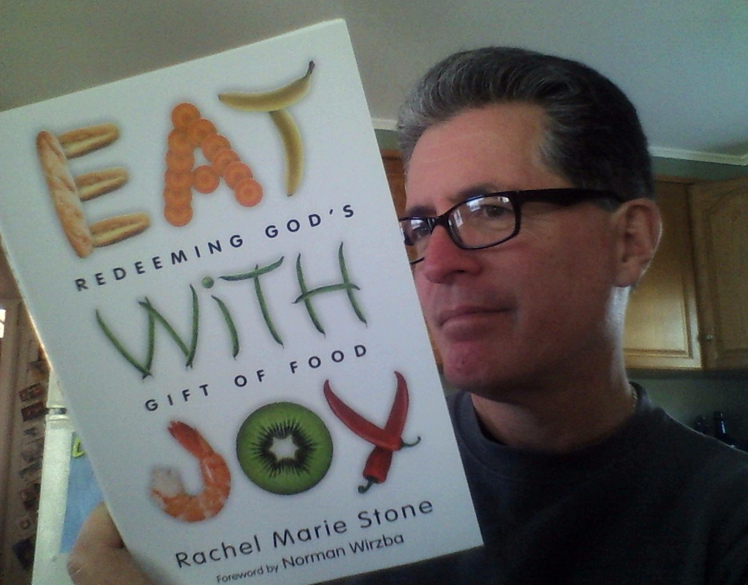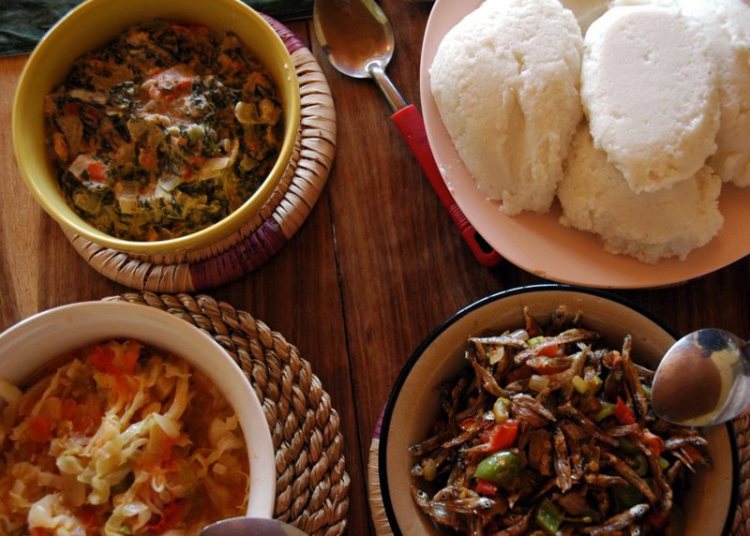In her memoir Bossypants, Tina Fey claims that everyone knows Photoshopped images aren’t real, but she also acknowledges that the culture of beauty has changed significantly since she was a girl. Back then, “you were either blessed with a beautiful body or not. And if you were not, you could just chill out and learn a trade.”
Today, however, “if you’re not ‘hot’ you are expected to work on it until you are… If you don’t have a good body, you’d better starve the body you have down to a neutral shape, then bolt on some breast implants, replace your teeth, dye your skin orange, inject your lips, sew on some hair, and call yourself Playmate of the year.”
I understand this implicit cultural expectation so well; for years, I struggled to remake what I was in the image of all I thought I should be. As I’ve written in my new book, Eat With Joy: Redeeming God’s Gift of Food, for years,
I absorbed magazines, TV, and movies uncritically and prescriptively […] everything about my appearance seemed wrong. But in America, the possibilities of individual determination are endless—you can become as rich and as thin as you determine to be!—and so I sought to change my body through all the ways that advertisements teach us is possible: the chromium picolinate supplements, the protein shakes, the NordicTrack, the chirpy aerobics videos, the Velcro-fastened ankle weights.
All that effort toward getting a certain look adds up to big business—more than $20 billion annually in the U.S. on cosmetics alone. It comes at a high price in terms of mental health, as numerous psychological studies have suggested what discerning parents have known for a long time: the more media images of stylized, retouched models a woman views, the more likely she is to become depressed and disordered in her eating.
That was me.
{Read this piece in its entirety at Christianity Today, where it originally appeared on Feb. 19}



